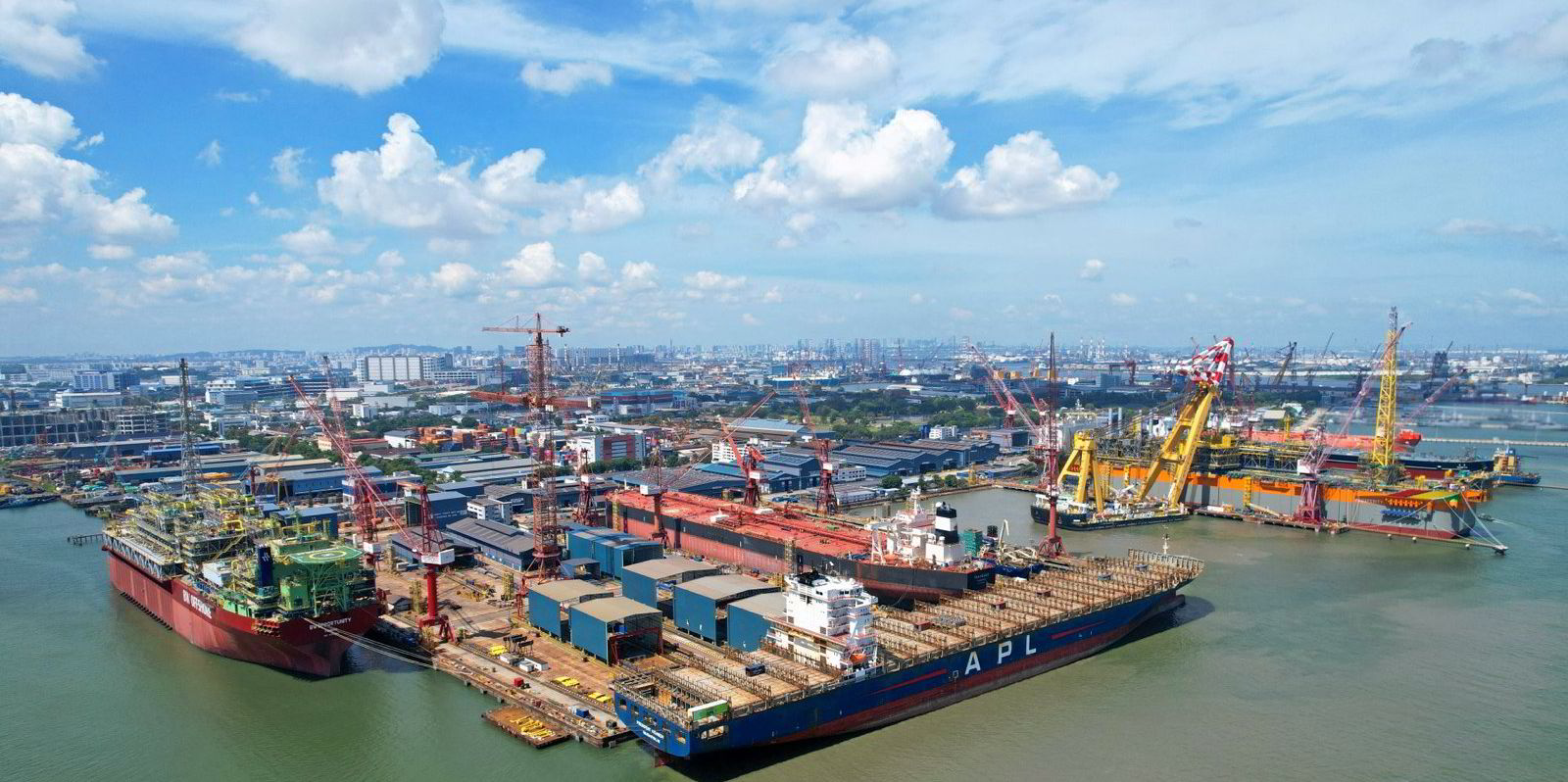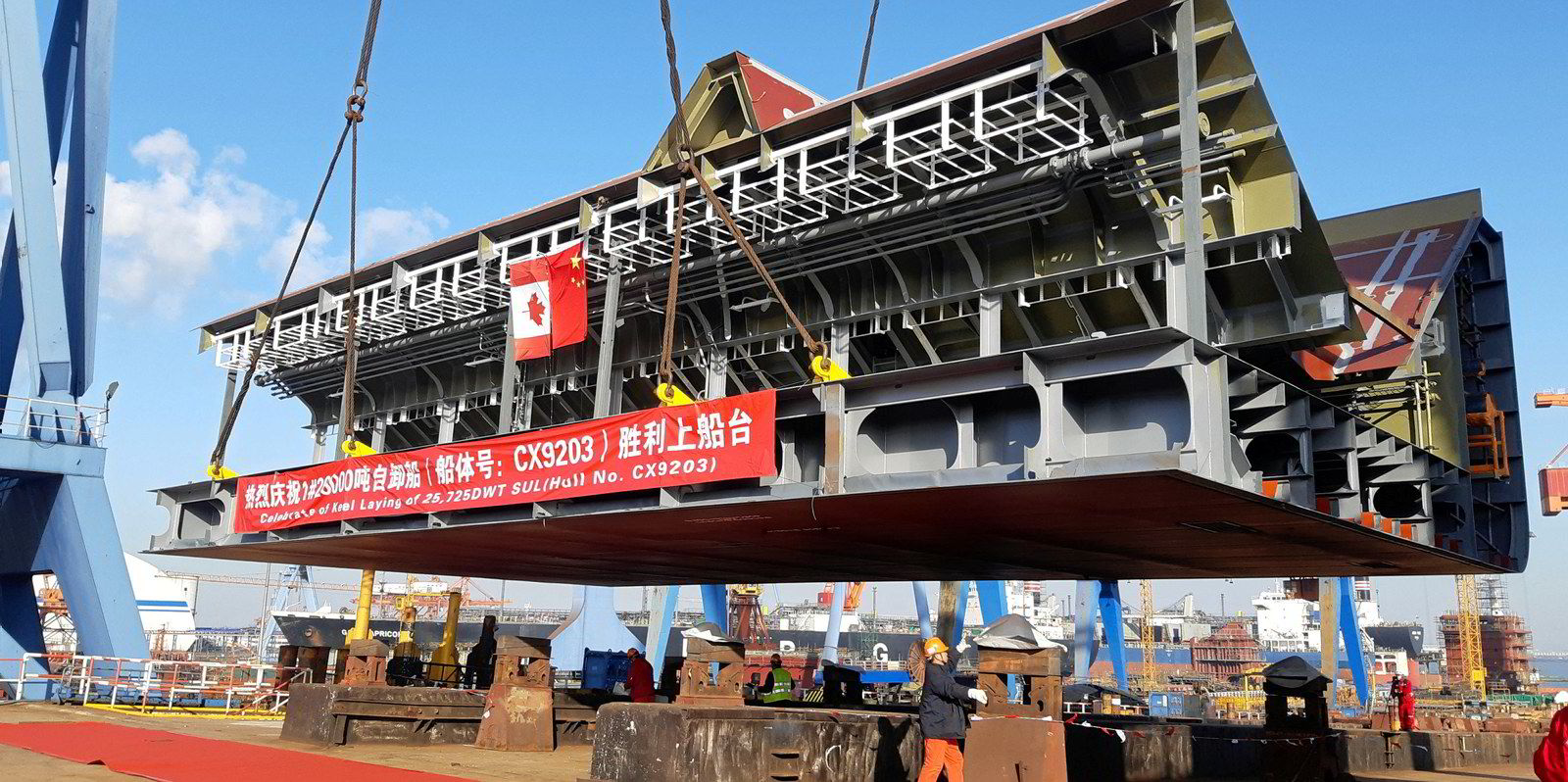The number of new ship orders may be dropping in 2022, but owners have still spent the same amount as last year, Clarksons Research figures show.
The research arm of the London-listed shipbroking group said the bill for shipyard contracts stands steady at $100.8bn so far this year.
“This comes despite softer ordering overall, with total spending…supported by elevated newbuild prices, firm ordering for higher-value vessel types (e.g gas carriers and boxships) and increased spending on alternative fuel and energy saving technologies,” the company added.
Total orders hit 1,094 vessels of 66.6m dwt to 31 October, Clarksons Research said.
This is down 41% in dwt terms from 2021.
The number of new deals has been driven lower by limited berth availability and high prices, as well as uncertainty around fuel choices.
LNG carriers and container ships continue to make up the largest share of new contracts.
Owners have ordered 146 gas carriers so far in 2022, and 333 boxships.
While LNG deals are supported by high rates, container earnings have been weakening.
Clarksons identifies “some liner-driven appetite” remaining, however.
Alternative fuel deals more common
Contracting of alternative-fuel capable ships has increased to a new record of 444 vessels, up 42% from 2021 and now representing 63% of units ordered this year.
LNG dual-fuel vessels constitute much of this total.
But there has been growing interest in methanol dual-fuel propulsion.
Clarksons calculates newbuilding prices up 7% in 2022.
Yards' forward cover now stretches 3.5 years ahead, up from 2.7 years at the start of 2021.
Global shipyard output is projected to reach 78.8m dwt this year, before increasing marginally in 2023 to 80m dwt.
But the research company said: “There is growing delivery slippage risk in the containership sector against the backdrop of the dramatically weakened freight and charter markets.”




